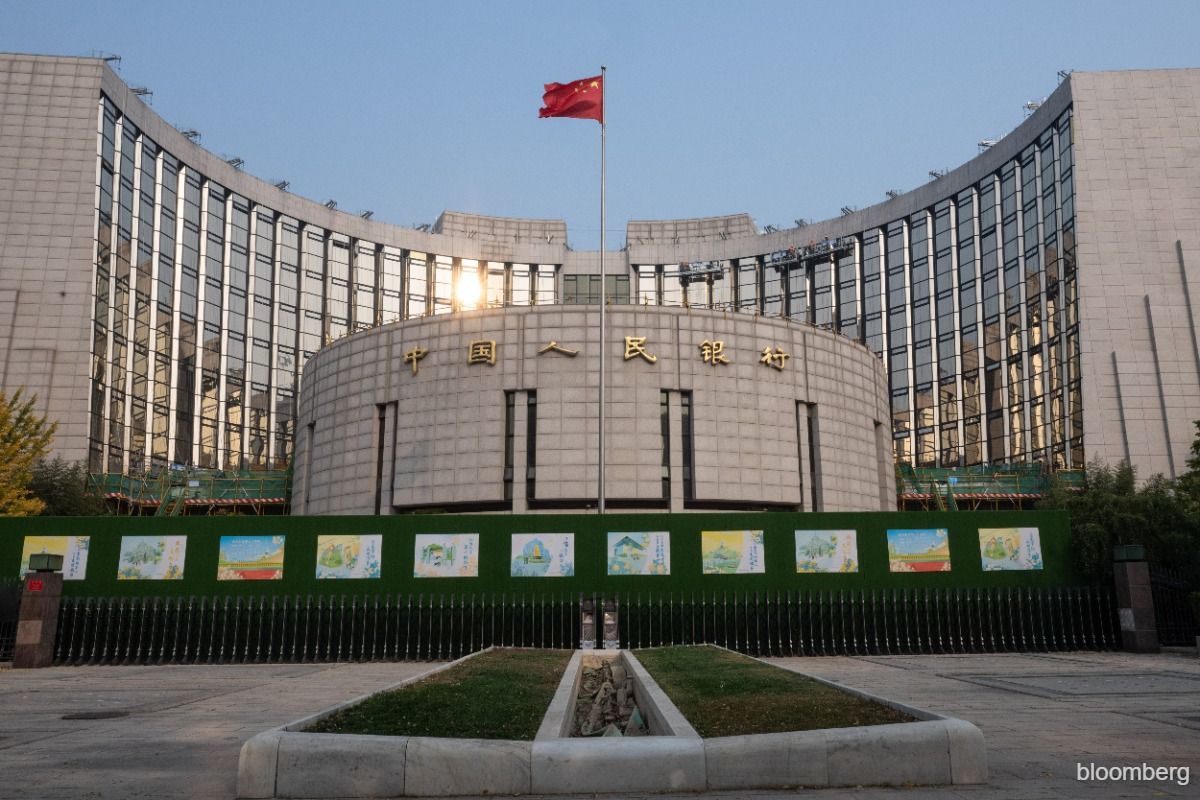
By strategically lowering the dollar’s value, President Donald Trump hopes to make American exports more competitive, reduce reliance on foreign creditors, and strengthen domestic industries.
President Donald Trump has launched an aggressive economic strategy reminiscent of the 1985 Plaza Accord, aiming to weaken the US dollar and rebalance global trade in America’s favour. Dubbed the Mar-a-Lago Accord, this initiative seeks to tackle what Trump sees as the overvaluation of the dollar — an issue he believes has contributed to America’s persistent trade deficits and weakened its manufacturing sector. By strategically lowering the dollar’s value, Trump hopes to make American exports more competitive, reduce reliance on foreign creditors, and strengthen domestic industries. However, while the Plaza Accord was a carefully coordinated effort among major US allies, today’s geopolitical and economic realities make replicating that success far more complicated — especially when it comes to China.
At the core of Trump’s approach are four key measures. First, his administration is pushing for a deliberate devaluation of the dollar to make US goods cheaper abroad and curb the influx of imports. Second, Trump is pressuring foreign creditors, particularly China and Japan, to exchange their holdings of US Treasury securities for longer-term debt, such as century bonds, to extend repayment timelines and stabilise borrowing costs. Third, he has escalated tariffs on imports, using them not just as a protectionist tool but as leverage to force trading partners into more favourable deals. And fourth, his administration is reportedly considering the creation of a sovereign wealth fund — potentially backed by gold or digital currencies — to actively manage exchange rates and reinforce the dollar devaluation strategy.
However, forcing a Plaza Accord-style deal on China is far more challenging than it was with Japan in the 1980s. Back then, Japan’s currency was largely market-driven, making it easier for the US and its allies to coordinate a managed appreciation of the yen. China, by contrast, tightly controls the yuan through the People’s Bank of China, employing capital controls to prevent unwanted fluctuations. Beijing has little incentive to allow the yuan to strengthen, as a weaker currency keeps its exports competitive — an essential strategy as China grapples with slowing economic growth. Unlike Japan, which was a close US ally and reliant on American military protection, China is a geopolitical rival with significant economic leverage, making it much harder to pressure into compliance.

Moreover, Trump lacks the broad international consensus that made the original Plaza Accord possible. The 1985 agreement succeeded because it was a multilateral effort involving the US, Japan, West Germany, France, and the UK, all of whom shared a vested interest in stabilising currency markets. Today, however, Europe and Japan are far less likely to participate in a US-led economic offensive against China, leaving Washington to act largely on its own. This unilateral approach increases the risk of global financial instability, as other major economies may resist US attempts to realign currency values.
Another major challenge is China’s ability to retaliate against US financial pressure. Some analysts argue that Beijing could threaten to sell off its holdings of US Treasuries, potentially destabilising American financial markets. However, this option is not as potent as it appears — selling Treasuries at scale would devalue China’s own reserves and could disrupt global financial stability, harming China as much as the US. Instead, Beijing is likely to counter Trump’s strategy by diversifying trade partnerships, boosting domestic demand, and employing targeted retaliatory measures against US firms operating in China.
With a new Plaza Accord unlikely, Trump has turned to alternative economic measures. He has expanded tariffs on Chinese goods, making imports more expensive and incentivising businesses to shift supply chains. His Treasury Department has begun intervening in currency markets to weaken the dollar, while he continues to pressure the Federal Reserve to lower interest rates, further driving down the dollar’s value. Additionally, Trump is leveraging trade sanctions and restrictions on Chinese firms, aiming to disrupt China’s economic stability and force concessions in trade negotiations.
Yet, the fundamental reality remains: China is not Japan. It has the economic independence, political resilience, and financial tools to resist US pressure. While Trump’s strategy may create short-term advantages for American manufacturers, forcing a new Plaza Accord on China remains a long shot. The global economic landscape has changed, and Beijing is prepared to push back. Trump’s gamble could shake up the world order, but whether it results in a lasting victory for the US economy — or unintended financial chaos — remains to be seen.
Economist Samirul Ariff Othman is an adjunct lecturer at Universiti Teknologi Petronas, international relations analyst and a senior consultant with Global Asia Consulting.
- Trump hits China tariff retaliation, says policy will remain
- China retaliation on US farm goods hits soybeans, bolstering Brazil
- Trump tariff tailspin worsens, Nasdaq confirms in bear market
- Axiata, Malaysia Smelting Corp, Lianson Fleet, Radium Development, Mr DIY, KKB, Ho Hup
- ‘Worst-case scenario’ for tech wipes $1.4 trillion from Nasdaq
- LTAT moving forward despite challenges
- ‘Worst-case scenario’ for tech wipes $1.4 trillion from Nasdaq
- Anwar says impact of latest US tariff on nation's economy still being assessed
- Tok Mat, Rubio discuss bilateral relations, Asean-US Special Summit date
- US solar’s hoarding habit will help blunt sting from Trump tariffs
